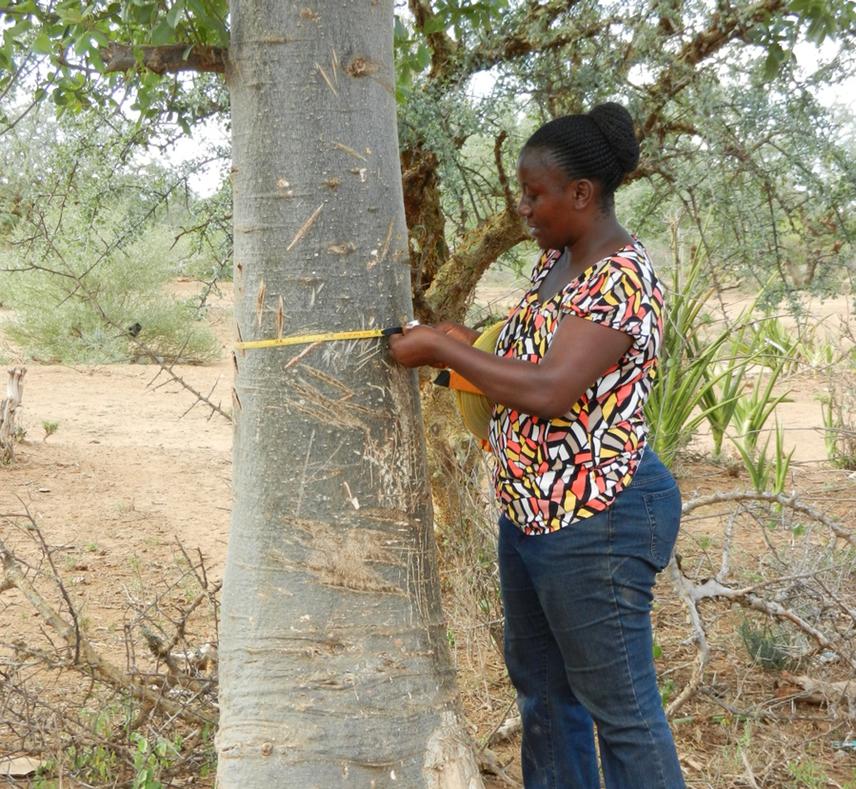Upendo Lufingo Msalilwa
Other projects
19 Jan 2018
Assessment of the Status of African Baobab (Adansonia digitata L.) Populations and their Ethno-Botanical Importance in Tanzania I
Baobab (Adansonia digitata L.) is one of the important NTFPs providing ecological and socio-economic significance to rural communities in Tanzania. In Tanzania, information on A. digitata such as its role in the conservation of biodiversity as well as its ethno-botanical importance has not been assessed and systematically documented and thus this calls for rigorous studies about the numerous issues associated with the status and the values of A. digitata. This project is a continuation of the work that was funded by the first Rufford small grant where the investigation of baobab populations in the semi-arid regions of Tanzania was carried out. In this second Rufford small grant, investigation of baobab ethno-botanical importance and detection of efficient method to remove the Cyclopropenoid Fatty Acids (CFPA) concentrations in baobab seed oil will be done. Findings from this project will contribute to the sustainable use and conservation of the species.

Upendo measuring the circumference of the baobab tree in Dodoma region.
The African baobab (Adansonia digitata L.) is an important source of income food, and nutritional supply for local communities in rural Africa especially during the times of food shortage. It is the most important edible savannah trees, and this necessitates a close conservation of the species both in the protected and unprotected areas. Currently, information on the baobab such as its role in the conservation of biodiversity as well as its ethno-botanical importance has not been assessed and systematically documented in Tanzania and thus this calls for rigorous studies about the numerous issues associated with the status and the values of African baobab.
The study aims at investigating the African baobab populations’ status, their ethno-botanical importance and detects efficient method to remove the Cyclopropenoid Fatty Acids (CFPA) concentrations in baobab seed oil. Determination of the status and distribution of A. digitata populations in different land uses in semi-arid region in Tanzania were done through ecological survey. Laboratory analysis will be carried to determine variations of CFPA contents, physio-chemical properties and fatty acids composition in baobab seed oil from different semi-arid region of Tanzania. Also, experiments will be set to test an efficient method for removing the concentrations of CFPA in baobab seed oil.
Understanding the population characteristics and ethno-botanical is crucial step towards setting up of plausible objectives, strategies and plans that would improve and lead to sustainable management of this tree species in Tanzania. Furthermore, a study by Wickens and Lowe (2008) reported that the baobab tree is threatened by climate change and indicated that better conservation strategies are urgently needed. The importance of the fatty acid analysis will help to detect an efficient method to remove/reduce the CFPA concentrations in baobab oil as a livelihood and explore the market opportunities. At the end of this study, I will develop a policy brief on sustainable management and utilization of this species in Tanzania which will be shared by various stakeholders involved in conservation and management of biodiversity.